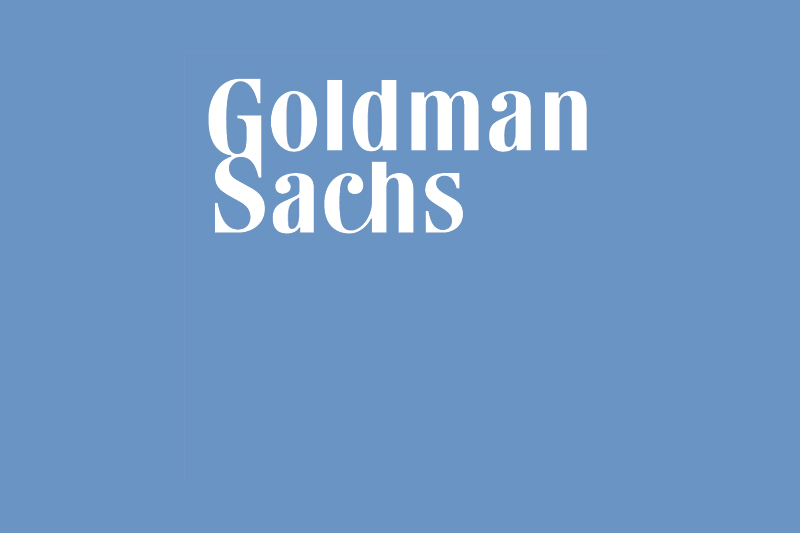(Bloomberg) -- Federal Reserve Chair Jerome Powell’s strategy to speed up the central bank’s inflation-fighting efforts is unraveling in the wake of Silicon Valley Bank’s collapse.
A week ago, Powell surprised markets by saying the Fed may need to raise interest rates at a faster pace than the quarter-point hike it delivered in February to curb stubbornly persistent inflation. Days later, SVB and Signature Bank (NASDAQ:SBNY) failed, and the Treasury and Fed launched a vast emergency lending facility saying more banks faced the risk of runs.
Turmoil in markets on Monday suggested broader fears about financial instability — and the risk it could catapult the US economy into a recession. Two-year Treasury yields were down almost half a percentage point as investors bet the Fed will scale back rate hikes and perhaps even stop their year-old tightening campaign completely. Bank shares slid again, though the broader market was in the green as of midday.
The worry is the collapse of SVB and Signature Bank are just the start of a longer list of casualties from the Fed’s shift to the highest rates since policymakers began slashing borrowing costs in 2007.
While Powell used his testimony to signal some chance of a half-point hike at the March 21-22 policy meeting, the fresh turmoil — a risk that Fed staff once again missed – will force the policy committee to rewrite its playbook.
In the face of market pressure to hold off on any move, some policymakers may argue to keep up the more moderate pace of increases adopted in February. Lorie Logan, the Dallas Fed president who previously ran the markets division at the New York Fed — making her the most market-savvy of top Fed officials — has consistently argued for a more measured approach to rate hikes, following last year’s quick ramp up.
“A slower pace is just a way to ensure we make the best possible decisions,” Logan, who votes on rates this year, said in her debut monetary policy speech in January.
Some hawks on the committee will likely point to the new lending facility as a stabilizing force that allows the Fed to press ahead with a half-point move. A still-strong labor market, and possibly a hot inflation report due out Tuesday, could buttress any argument to speed up the pace to 50 basis points.
Conflicted Mission
Futures suggest the immediate debate is whether to move at all, and reflect bets on rate cuts later in the year. Goldman Sachs Group Inc (NYSE:GS). now predicts the Fed will stand pat next week, and Barclays (LON:BARC) Plc economists said “we lean toward” that call.
“It’s the first time in this cycle where they’ve had a conflict within their mandate,” said Marc Sumerlin, founder of Evenflow Macro in Washington. “The central bank was set up for financial stability and they clearly react to it so they now face themselves with financial stability telling them to stop and inflation telling them to tighten further.”
The chair told Congress that policymakers would be prepared to move rates to a higher peak and at a faster pace to cool prices, despite downshifting to a quarter-point increase in February.
A few days later, SVB and Signature Bank failed, and the Treasury and Fed launched a vast emergency lending facility saying more banks faced run risk.
Flip Flops
With bank stocks tumbling again on Monday, any move by the Fed to stick to the pre-SVB collapse narrative could raise comparisons to August 2007. Even as markets began to show signs of concern about subprime mortgage securities, the Fed insisted inflation was the top concern. Days later, it cut the rate it lends funds to banks.
The central bank also has had a number of more recent pivots. It was forced to change tack in late 2021 when the inflation it had called “transitory” turned out to be much sticker than policymakers and economists initially predicted.
Criticism is now emerging that Powell’s message last week was ill suited to the risks building in the financial system.
“Central banks have become a source of macro volatility, rather than a dampener,” Dario Perkins, an economist at TS Lombard who previously served at the UK Treasury, said in a tweet Monday.
Inflation Threat
Still, Tuesday’s inflation data could remind Fed watchers and investors alike that policymakers’ mission isn’t accomplished.
“These events will impart more caution, but must be balanced against the newly worsening inflation picture,” economists at LH Meyer/Monetary Policy Analytics wrote in a note to clients. “While the chance of the March hike being 50 basis points has fallen significantly, we believe that the Committee will still end up hiking.”
Ironically, the financial ructions erupted just weeks after the departure of Fed Vice Chair Lael Brainard, who had led – ultimately unsuccessful – efforts at the central bank to tighten financial regulation and had highlighted the importance of monitoring the cumulative impact of monetary tightening. Powell had helped ensure a looser approach toward regulation.
Recent events also put the spotlight on Powell’s stewardship of monetary policy over the last 12 months.
Bets Off
With inflation running at a gallop, the committee began hiking rates from zero with a quarter-point move a year ago, before picking up the pace to 50 basis points followed by a string of four 75-basis-point moves. Policymakers then slowed to 50 in December and to 25 in February.
But hotter-than-expected readings for January on inflation and the labor market, as well as upward revisions to prior data, prompted Powell to open the door to speeding up. That spurred some Fed watchers to change their calls, and futures markets began to price in a high probability of a 50-basis-point move.
On Monday, those bets were off.
©2023 Bloomberg L.P.

